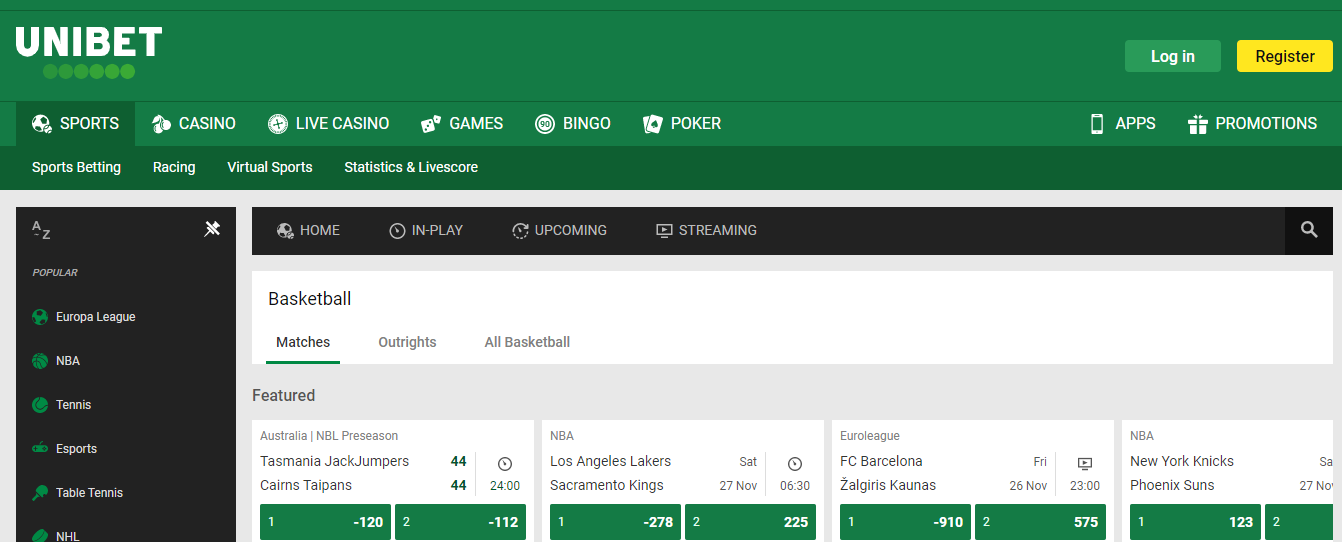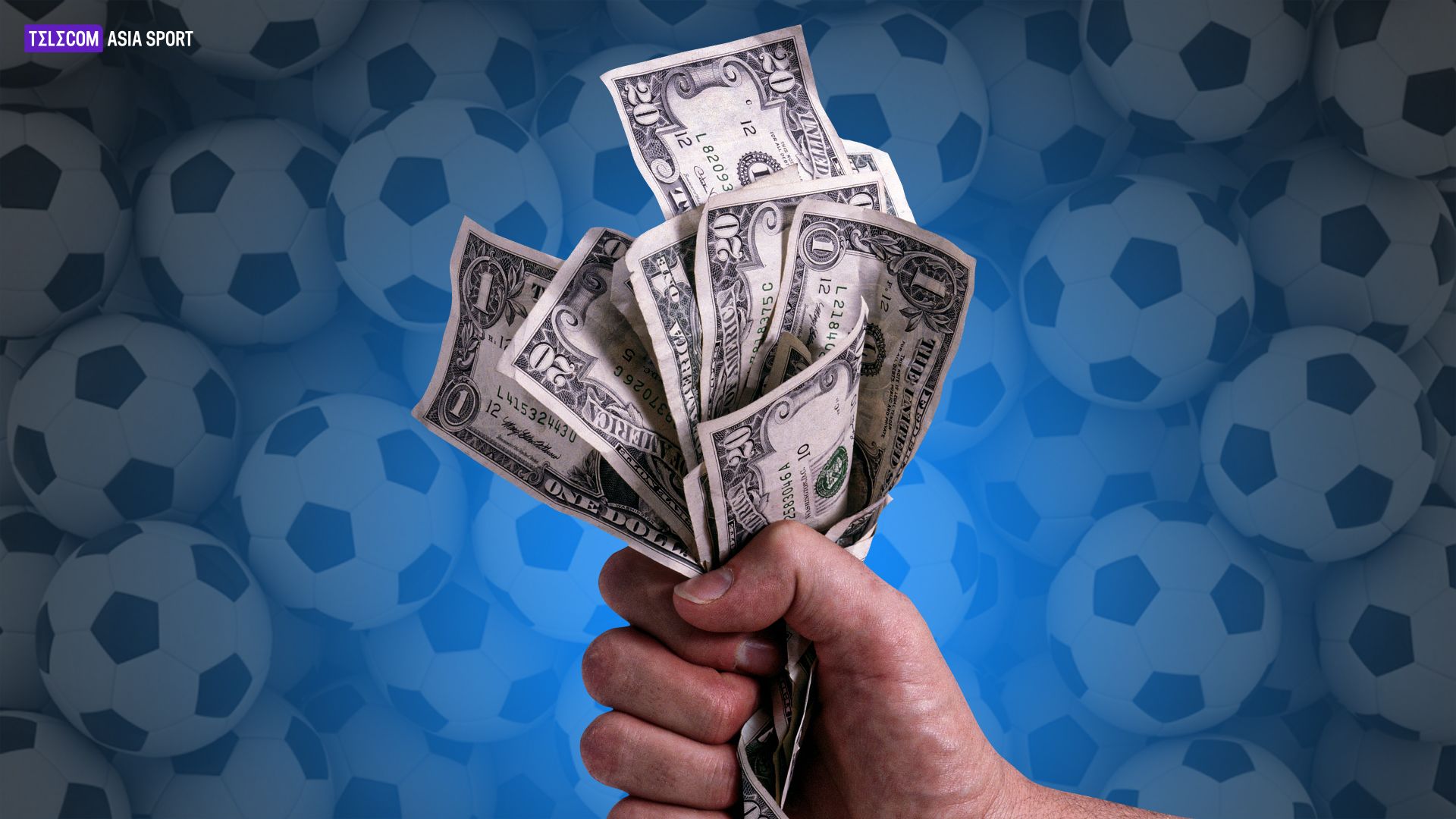If you want to bet on the NBA or NFL, it’s crucial to understand how a spread works and how to read it. Point spread wagering is the most popular type of betting on college football, the NFL, college basketball, and the NBA.
When sports remain competitive, it is suitable for everyone; leagues, fans, players, teams, etc. No one would want to watch a one-sided game or league. However, sometimes solid athletes or teams go against weak athletes or teams. Is there a way to keep these contests exciting? Yes, point spread does this. It is known as a handicap in other sports and places. A point spread can cause a goofy situation in sports betting and fandom.
So, what does spread mean in betting, and how does spreading betting work? Continue reading this guide to learn everything you need to know about point spread betting.
Bet on NFL with 1xBetPoint spread bets explained
The spread
Point spread bet is a wager on the margin of scoring units in a game. It can be pints for football and basketball, goals for soccer and hockey, and runs for baseball. Spread betting is the most popular wager kind in football and basketball. This type of bet represents the expected margin of a win for the stronger team, the favorite, or the weaker or underdog.
To have a successful wager, the favorite team needs to win by a specific number of runs/points/goals. The underdog can lose by lesser or the same points or win.
Bookmakers incorporate the home-field advantage into the point spread. The standard “adjustment” is placed anywhere from 0-3 points. It depends on the home record of the team and form.
For example, the New Orleans Saints home game at the Superdome is a callous environment for the opponents. Such a team mostly comes with a maximum of 3 points added to the spread. A team that doesn’t play well at home will typically have a lesser adjustment to its spread.
The home field point’s favor doesn’t apply if a team is playing on neutral ground.
Note that the bookmakers or sportsbooks set a spread. The punters evaluate the game in a process known as handicapping. Some Pro bettors calculate their spreads on matchups, compare them with the sportsbook’s and try to exploit and find discrepancies.
How to wager the spread:
- Visit your favorite online sportsbook and sign in
- Navigate to the sport you want to wager on
- Examine the available games list with point spreads
- Choose the underdog (+ points) or favorite (- minus)
- Enter the stake you would like to spend
- Place Bet

The favorite
The favorite is the stronger team in a matchup. It’s the team that is highly likely to win. For instance, if we use $100 as the wagering size or unit, a punter would have to bet the listed amount -110 to win $100. If the wager wins, the bookmaker will pay $210 (stake $110 and the $100 profit).
Punters who decide to bet on the favorite team will win if their selection wins by any amount higher than the point spread. For instance, the Golden State Warriors are favored over the LA Lakers by 5.5 points, and the Warriors win by 8 points; the Warriors have covered the point spread. Those who choose Warriors will win the wager.
The favorite team is marked by the negative sign (-) before the point spread.
The underdog
The underdog is the least favorite to win or the weaker team. In point spread wagering, a positive sign to the point spread is added to the point total as part of the bet. Punters who select the underdog team will win if the team wins or loses by any amount less than the point spread.
For instance, if 6.5 points favor the New York Nets over the La Lakers, but the Nets win by only 5 points, they’ve failed to cover the spread. Those who wagered on the Lakers will win the wager despite their selection losing. If the Lakers win the game, they would still have covered the spread.
The Underdog is marked by the positive sign (+) preceding the point spread.
And when the teams are evenly matched: “Evens” or “Pick ‘em.”
When a matchup is marked as pick ‘em or ‘even’ wager, the opponents are seen as very close in form and play level that the bookmaker opts to price them, having the same possibility of a win or lose. In this case, there is no projected margin or spread.
A pick ‘em or evens point spread mainly has the word pick ‘em or evens or PK included on the money line. Bettors might notice both teams with a -110 for the price. The side you choose needs to win for you to win your bet.
If the game ends in a tie, the wager becomes a ‘push,’ and the sportsbook will refund the stake.
How to read a point spread
The main factor that bookmakers consider when making a point spread is the difference in the level of skills between the opponents. Most bookmakers have specific power rankings that help them come up with a spread for every game.
Some of the factors they consider include:
- The game location (home-ground advantage)
- Current form
- Weather
- Injuries
For instance, here is how the point spread is read in an NFL game.
The favorite team has the minus sign (-) preceding their spread. The underdogs are the team with a plus sign (+) preceding the spread.
If the favorite has a 2.5-point spread to win the game, it means they need to win by three or more points to cover the spread. On the other hand, the other team can win the game outright or avoid losing the game by more than two times and cover the spread.
The potential outcomes of a point spread bet.
The favorite/stronger team covers the spread: Punters will win when they select a favorite, and the stronger team wins by a margin higher than the spread. For instance, The Nets are favored by 5.5 over the Bulls, and the Nets win 110-102, an 8-point margin. Nets have covered the point spread, and bettors who wagered on the Nets will win their bets.
Underdog covers the point spread: Punters will win when the underdog team wins or loses by a lesser margin than the point spread. For instance, The Bucks are favored 8.5 points over the Lakers, but the Lakers lose by a small margin, and the final score is 110-107. The Bucks failed to cover the spread, and the Lakers did. Those who wagered on Lakers will win. The same case will apply if the Lakers get a win.
The game ends in a push: This happens when the more assertive team wins by a margin identical to the spread. The sportsbook will refund the entire stake amount to the bettor. For instance, Ohio State is favored by one point. The game ends 30-29 giving it a single-point margin. In this case, no team covers the point spread, and all the stakes will be returned to the bettor. A sportsbook might record this bet as a canceled or voided wager.
Bet with best bookmakerThe “hook”
In online sports wagering, a hook – also known as “the hook” is the term used to refer to the last half-point of a non-whole number point spread.
For example, in a Ravens game favored by 6.5, the hook is “.5” added to the 7. Below are some of the phrases that bettors commonly use when talking about a hook.
| Term | Explanation |
| Losing by the hook | As the name suggests, it means losing by 0.5. For instance, in the above example, Ravens wins by 6, the bettors can say they lost by the hook. |
| Number and the hook | This is one way of phrasing a point spread. For instance, in the above example, you can say six and the hook favors raven. |
| Buying the hook | As the name says, you buy 0.5 off a whole number. If the point is +4, you buy half-point to +4.5. |
The connection of the point spread to the Moneyline
Moneyline wager is the most time-honored bet. When a punter bets on the Moneyline, they pick the team to win. It is different from spread wagering that utilizes a handicap to level odds. All the punter’s selections need to win, and the Moneyline bet pays out. Although Moneyline wagers remain the most accessible bets, they also come with some intricacies in theory.
In a Moneyline bet, the side the punter picks has to get an outright win, meaning it’s a challenging task for the weaker teams or underdogs. They need to do more than cover the spread.
When a point spread is more extensive, the Moneyline bet requires bettors to wager more cash to get the same return. Since a point spread is created to make wagering on level terms for the opponents, the value remains the same for both the underdogs and favorites. For example, a Moneyline for a club that is a 7-point favorite might be -350 while that of the weaker team might be +285.
The conversion in a Moneyline bet to point spread varies from one sport to another. However, a spread is an equalizer in every sport when wagering on games.
Benefits of Point Spread Bets
There are many advantages of point-spread betting.
Point spreads make your investment last longer with leverage. Leverage in spread betting takes a bettor’s capital further. Punters can enjoy whole sports betting exposure on a low budget. The small initial deposit is called a margin.
Point spreads ensure that the playing field is level for sports punters. It makes the weaker teams or underdogs valuable for selections like the favorites. For instance, when wagering on college football, it’s unlikely for most people to select Kentucky over Alabama. However, if the latter has a +28, they might consider it.
On the other hand, even when a punter is sure Alabama will win, its Moneyline bet could be too expensive. The team could be -400, which means bettors need to bet $400 to get a $100 profit. A single loss can be very costly and might not be worth it.
Every team with a point spread lets punters consider both teams and increase their chance of selecting the right side.
Point spreads also make games enjoyable to watch. For instance, if Team A is leading Team B 28-17 with a few minutes left on a weekend game, there might not be a lot of on-field drama, but the excitement will be high if you wagered on any side of a 10-point spread.
Spread betting has a few cons too. It is hard for teams to win by a marked margin. A punter might handicap a match well only for one player to mess up and reduce the winning margin. Additionally, it’s hard to correctly select a point spread in soccer or hockey. These sports mostly record low scoring results, which is a disadvantage to bettors who prefer spread betting.
Point Spreads at Different Parts of the Game
Sportsbooks can have point spreads at different parts of a match, mainly in the NFL. Apart from the full-time point spread, most bookmakers now have first-half point spreads and spread for every quarter.
NFL in-play betting is also prevalent nowadays. Point spreads are the most popular bets in live betting. Possession changes, scoring plays, and time passed are factors that might affect spreads in live betting.
We hope you’ve learned the spread meaning and how it works from this spread betting explained guide and you’ll make a wise decision placing bets.
Bet on NFL with 1xBet











